The Nine Mewa
The nine Mewa, also known as the ‘magic-squares’, are a group of nine numbers each in a box, organised in a three-by-three grid. They are arranged in such a manner that when you add the numbers either horizontally, vertically or diagonally, the sum of each line is 15.
Each of these nine numbers correlates to a color which is associated with one of the five elements. The numbers therefore are commonly referred to together with their color and when the Mewa are drawn out, each box color corresponds to the number within it:
One-White = Metal (The Mirror of Medicine)
Two-Black = Water (The Mirror of Dreams)
Three-Blue = Water (The Mirror of Ocean Medicine)
Four-Green = Wood (The Mirror of Nagas)
Five-Yellow = Earth (The Mirror of the War God)
Six-White = Metal (The Mirror of the King)
Seven-Red = Fire (The Mirror of the Mountain Spirit)
Eight-White = Metal (The Mirror of the Country God)
Nine-Red = Fire (The Mirror of Prosperity)
Each of the nine numbers is combined together with the 60-year cycle. This means that every 180 years, the same Mewa correlates to the same element-animal year. The Mewa sequence for this is 1, 9, 8, 7, 6, 5, 4, 3, and 2.
From the natal Mewa number derived from the above sequence, a progression of Mewa grids can be calculated for each year of a person’s age; this calculation is again different for both males and females. Each of the natal Mewa numbers have specific interpretations, including general characteristics of a person, descriptions of previous lives together with their influence on this life, probable future lives, specific religious practices or Buddha images to commission in order to improve them and also the possible rebirth that might then occur from these meritorious activities. It is this natal Mewa that is the source of information for past and future lives in Tibetan astrological profiles. Life-force, Body, Power and Fortune Mewas can also be calculated and examined using this method, as is done with the Parkha elements.
The Eight Parkha
The Parkha of Tibetan Buddhism was incorporated from the Chinese trigrams
The set of eight trigrams from the I Ching, which are groups of three lines, broken or unbroken, are called the eight Parkha in Tibetan astrology. There are only eight, unlike their Chinese counterpart which can be arranged into 64 hexagrams.
There is a certain arrangement from which a Parkha is derived in a particular sequence for each year of a person’s age. This calculation is different for males and females, though the progression of the Parkha is the same for every one of the same gender that is the same age. This is known as the person’s progressed Parkha.
Another Parkha of significance is known as the natal Parkha. Since there is no such thing as an annual Parkha, which would entail each calendar-year being associated with one particular Parkha, the natal Parkha is derived from the mother’s progressed Parkha for her age in the year she gave birth to the person. By analysing both the progressed and natal Parkha together, astrologers can create predictive astrological profiles for a person.
In addition to these two Parkhas, Life-force, Body, Power and Fortune Parkhas can be calculated from four types of Mewa numbers calculated from the natal Mewa number. These four Parkhas, coupled with the natal pebble calculations are what is compared to determine relationship or marriage compatibility.





